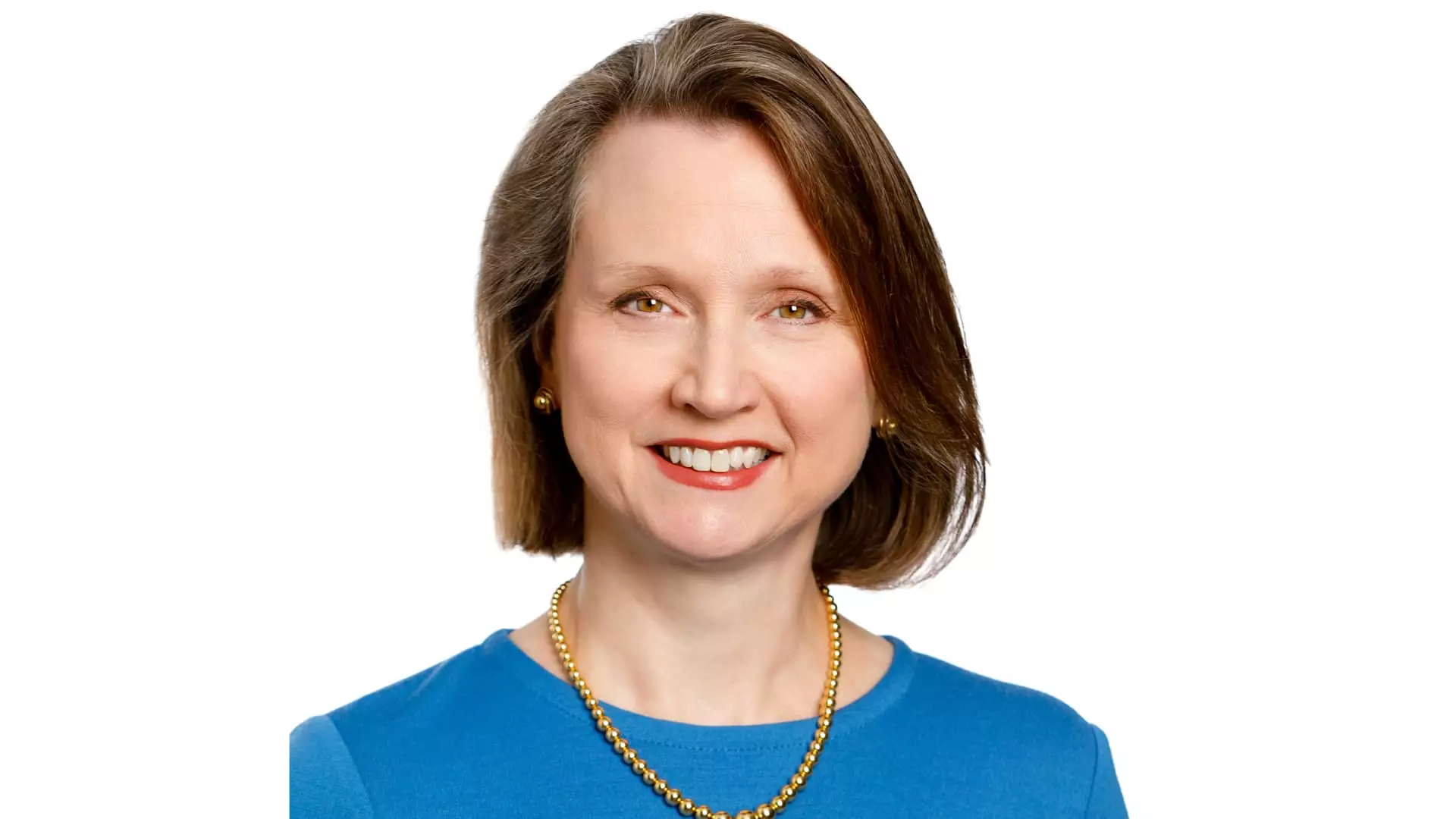Kathryn Glass’s story is not your typical career path in finance. One might assume that a high-ranking executive in the financial sector, especially someone at the helm of high-yield fixed-income strategies, would show an early and determined interest in numbers and markets. Yet, Glass embarked on a journey rich in cultural studies, having dedicated her earlier years to Japanese language and literature. A graduate of the University of Pittsburgh, she seamlessly transitioned from the literary world to the complexities of finance. This transformation raises the question: how often do we overlook individuals who bring fresh perspectives from seemingly unrelated fields into industries requiring conventional expertise?
Glass’s shift became more apparent during her Ph.D. studies when she pivoted from academia to an internship at Federated Hermes. It’s here that the fusion of her linguistic skills and financial acumen began to blossom. In a sector typically dominated by conventional talent pools, her unique qualifications offer a compelling reminder of the value of interdisciplinary knowledge.
Learning the Ropes
Upon joining Federated Hermes, Glass was thrust into roles both within municipal bonds and money market groups, which were pivotal to her understanding of global finance, especially concerning Japanese banks. This hands-on experience illuminated the landscape of financial instruments for her. It’s crucial to recognize that education doesn’t end with degrees; it continues in the trenches of real-world experience. Her decision to pursue a master’s at Carnegie Mellon’s Tepper School, focusing on accounting and finance, solidified her foothold in finance.
The essence of Glass’s evolution lies in her belief that finance is not solely about numbers but also about relationships and narratives—the “stories” behind the investment opportunities. This distinction is vital in an age where many seem to overlook the human element of finance in favor of pure mathematical models.
Mastering High-Yield Strategies
Now co-heading a team managing $13 billion in U.S. high-yield fixed income strategies, Glass stands at the intersection of countless financial stories. The team works under the bottom-up analysis philosophy, prioritizing company fundamentals over macroeconomic variables. This provides them with a significant advantage, especially in an era where macroeconomic data often misguides investment decisions.
Her description of high-yield investing as a narrative-driven process suggests a dichotomy: where many investors rely on spreadsheets and economic forecasts, she advocates fostering relationships with management to get the real pulse of a company. This approach demands a thorough understanding of risks and rewards—the gray areas where real financial sophistication lies.
Indeed, the financial industry has often drawn harsh criticism for its failings—after all, the 2008 crash was a testimony to the perils of relying too heavily on quantitative models devoid of human intuition. Kathryn Glass’s methods serve as a counter-narrative to this trend, signaling a need for investment practices that incorporate nuanced understanding and adaptability.
Current Market Realities
Glass acknowledges the complexities of today’s high-yield market. With spreads tightening, her cautious optimism is a prudent stance that reflects the uncertain landscape. She likens current market conditions to a “Goldilocks-type scenario”—the economy seems stable, but are investors truly being compensated for the risks they are taking? This self-awareness is critical, as many in the finance sector become overconfident during seemingly prosperous times.
Indeed, caution in investment strategy feels like an archaic yet wise approach—a refreshing stance in an often heady environment obsessed with fast profits. The market’s proclivity for pricing assets for perfection can trigger upheaval at any moment, making Glass’s more conservative positioning all the more relevant.
Future Positioning
The anticipation of a future market shock looms large in Glass’s strategic thinking. By shifting into lower-spread names, she hints at a tactical strategy that may buffer her against broader market volatility. This adaptation showcases her ability to evolve with the landscape while remaining true to the firm’s commitment to pure high yield.
She encourages a mindset of readiness, urging stakeholders to stay vigilant and be prepared for aggressive re-entry when the market presents itself favorably. This is not merely reactive; it reflects a profound understanding of both the financial cycles and human behavior that underpins market movements.
In an era dominated by algorithms and instantaneous transactions, the value of strategic patience and textured understanding couldn’t be more critical. Kathryn Glass embodies a forward-thinking approach worth emulating, reminding us of the importance of marrying analytical rigor with human insight in high-yield investing.

